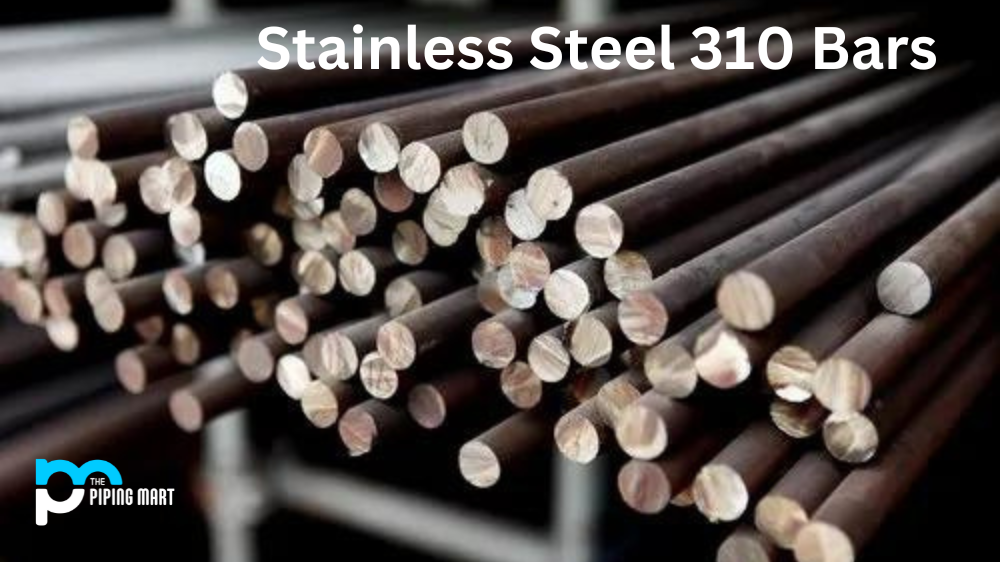Aluminum 1100 is a widely used aluminum alloy known for its excellent corrosion resistance, high ductility, and good workability. UNS A91100 Round Bars is commonly used in various industries, including aerospace, construction, and automotive. This blog post will explore the composition, physical and mechanical properties, uses, heat treatment, and corrosion resistance of aluminum 1100 bars.
What is Aluminum 1100 Bars?
Aluminium 1100 Bar are high-purity aluminum alloys that boast excellent formability, weldability and corrosion resistance. Aluminium Alloy 1100 Bars have excellent thermal and electrical conductivity, making them ideal for applications ranging from cookware to electrical components.
Aluminium Alloy 1100 Flat Bars Composition
AMS 4102 bars are composed of 99% pure aluminum, making it one of the purest aluminum alloys. ASME SB211 Bars also contains small amounts of iron, silicon, copper, manganese, and zinc. This composition is often used in applications that require high thermal conductivity, good corrosion resistance, and low strength.
| Aluminium | Fe | Si | Mg | Mn | Cu | Zn | Ti | Cr | Each | AI |
| 1100 (min) | 0.35 | 0.25 | 0.01 | 0.01 | 0.05 | 0.01 | 0.020 | Trace | 0.05 | 99.60% |
| 1100 (max) | 0.50 | 0.35 | 0.03 | 0.05 | 0.20 | 0.05 | 0.030 | Trace | 0.15 | remainder |
ASME SB221 Aluminium 1100 Bars Physical Properties
B211 Aluminium Alloy 1100 Bars have a density of 2.71 g/cm3, a melting point of 660°C, and a thermal conductivity of 237 W/mK. It also has a relatively low coefficient of thermal expansion, making it ideal for applications that require thermal stability. Its electrical conductivity is also high, making it useful in electrical and electronic applications.
AMS 4102 Aluminium 1100 Bars Mechanical Properties
ASME SB221 bars have excellent ductility, making them easy to process and form. Although weak, it can be strengthened through cold working processes such as rolling and drawing. A91100 Flat Bar also has good fatigue strength and resistance to stress corrosion cracking.
| Alloy | Temper | UTS(Mpa) | % Elongation | |||
| Min | Max | 0.5 mm -0.8 mm | 0.81 mm – 1.30 mm | 1.30 mm – above | ||
| 1100 | O | 75 | 110 | 20 | 25 | 29 |
| H12 | 95 | 130 | 5 | 6 | 7 | |
| H14 | 110 | 145 | 3 | 4 | 5 | |
| H16 | 130 | 165 | 2 | 3 | 4 | |
| H18 | 150 | — | 2 | 2 | 3 |
1100 Aluminium Bars Uses
Due to its excellent corrosion resistance, Aluminium 1100 Rectangular Bars are commonly used in marine and other harsh environments. It is also used in electrical industry applications such as conductive cables and bus bars. Other common uses include heat exchangers, cooking utensils, and reflectors.
ASTM B211 Aluminium Alloy 1100 Bars Heat Treatment
UNS A91100 bars cannot be heat-treated to increase their strength. However, cold working processes such as rolling and drawing can increase their strength and hardness. Its ductility also increases with annealing treatments.
UNS A91100 Round Bars Corrosion Resistance
1100 Aluminium Bars have excellent corrosion resistance to most common materials. Its protective oxide layer also makes it resistant to atmospheric and water vapor corrosion. However, its resistance to alkaline environments such as cement, mortar, and concrete is limited.
Conclusion:
Aluminum 1100 bars are a widely used aluminum alloy known for their excellent corrosion resistance, high ductility, and good workability. Its composition, physical and mechanical properties, uses, heat treatment, and corrosion resistance make it a popular choice in various industries. Whether used in marine environments, electrical industry, heat exchangers, or cooking utensils, aluminum 1100 bars offer excellent qualities for corrosion resistant applications. Understanding Aluminium Alloy 1100 Industrial Round Bars properties and applications can help you choose the right material for your needs.

A passionate metal industry expert and blogger. With over 5 years of experience in the field, Palak brings a wealth of knowledge and insight to her writing. Whether discussing the latest trends in the metal industry or sharing tips, she is dedicated to helping others succeed in the metal industry.




